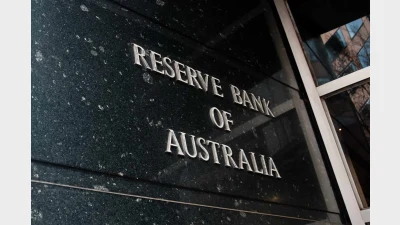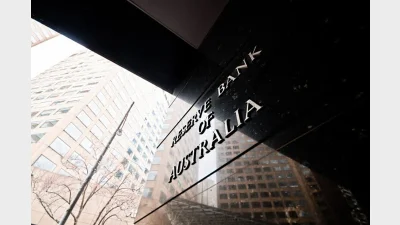Reynolds calls for brave new world
The Federal Government has been urged to utilise the recommendations of the Cooper and Henry reviews and be "bold and brave" in formulating a new super system.
The chief executive of the Australian Institute of Superannuation Trustees (AIST), Fiona Reynolds, used her opening address to the Conference of Major Superannuation Funds to say there was a need for the Rudd Government to develop a super strategy for the next 20 years.
She said in moving forward on the recommendations of the Cooper and Henry reviews, the Government would need to work closely with the superannuation industry.
In doing so, Reynolds pointed to AIST research suggesting a strong majority of Australians wanted to lift the Superannuation Guarantee to at least 12 per cent and then 15 per cent.
Her words came just ahead of the Federal Secretary of the Australian Workers Union, Paul Howes, calling on the Government to commit to raising the superannuation guarantee.
Howes said he remained committed to the lifting the superannuation guarantee but urged that appropriate safeguards be put in place, including prohibiting borrowing in super. He said any move towards allowing borrowing in super would be counterproductive to achieving retirement incomes adequacy.
Howes said Australia's compulsory super regime stood as one of the great achievements of the post-war era.
Recommended for you
Large superannuation accounts may need to find funds outside their accounts or take the extreme step of selling non-liquid assets under the proposed $3 million super tax legislation, according to new analysis from ANU.
Economists have been left scrambling to recalibrate after the Reserve Bank wrong-footed markets on Tuesday, holding the cash rate steady despite widespread expectations of a cut.
A new Roy Morgan report has found retail super funds had the largest increase in customer satisfaction in the last year, but its record-high rating still lags other super categories.
In a sharp rebuke to market expectations, the Reserve Bank held the cash rate steady at 3.85 per cent on Tuesday, defying near-unanimous forecasts of a cut and signalling a more cautious approach to further easing.











